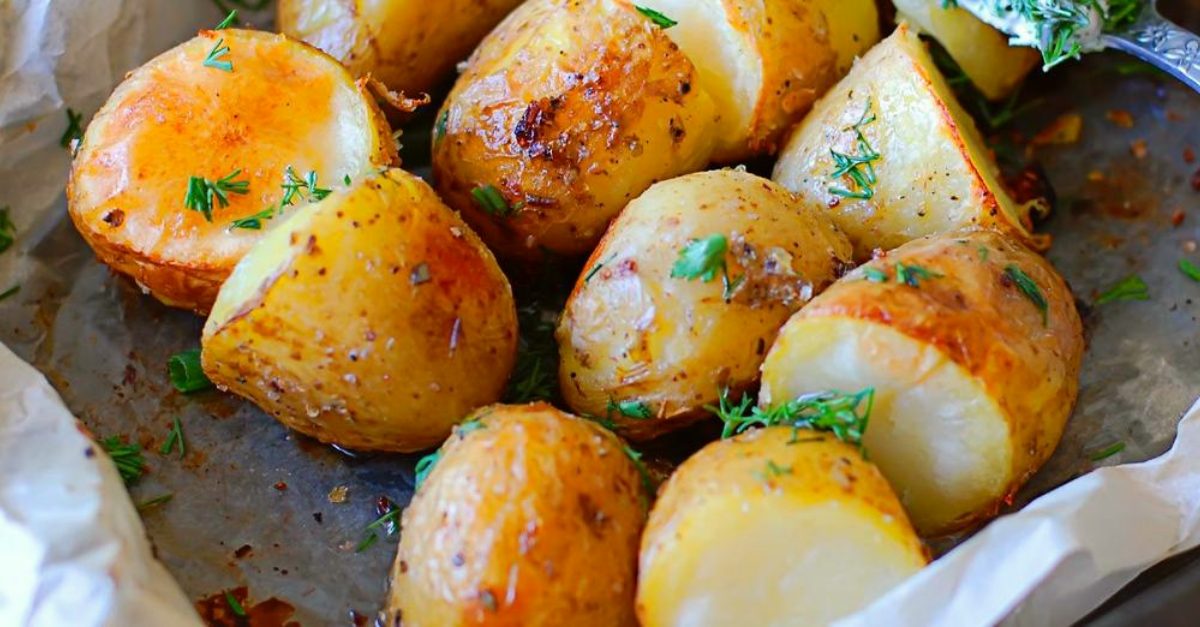Get Perfect Roast Chicken with These Useful Tips
A roast chicken is a versatile meal. Serve it up as weekday dinner, or fancy it up for a Sunday feast. However, to make a great roast chicken, there are a few common mistakes you need to avoid. By slightly tweaking the seasoning and cooking temperature, you’re on your way to the best roast chicken you’ve ever had!
;Resize,width=742;)
If you haven’t mastered making the perfect roast chicken, then it’s time to start finetuning your roasting skills. Making a roast chicken is not really all that difficult, and once you’ve nailed it, there are endless variations and recipes you can try. You will truly thank yourself for having mastered this satisfying dinner dish!
1. Buy the right chicken

You’d think that buying the chicken is the easiest part, right? Unfortunately, many home cooks don’t pay any attention to the birds they buy, which ends up having quite a big influence on your final product. Firstly, avoid previously frozen chickens, and instead go for fresh chickens (the fresher the better). Previously frozen meat has a tendency to dry out upon cooking, and this automatically leads to a roast chicken than is much drier than what you were hoping for.
Secondly, avoid buying brine-injected chicken. The industry uses this technique to make chickens juicier (at the same time saving themselves a few bucks too, because you pay more!), however, such brine-injection can have a detrimental effect on the flavor of your roast. Moreover, you can always brine the chicken yourself if you want to. That way you have full control over what goes into your chicken.
Thirdly, try to buy pasture-raised chickens. The food that chickens feed on will ultimately influence the taste of the meat, much like how different soil types can influence the taste of vegetables. Thus, a pasture-raised chicken will have much more flavor than a discounted cage bird. In the end you want healthy, happy chickens for your roast!
2. Season properly (and get crispy skin!)

Don’t ever skimp on seasoning! Salt draws out moisture in the chicken skin, and by seasoning the chicken liberally, it will help to render the fat, which in turn will give you deliciously crispy skin. But don’t forget the often-neglected parts of the bird. Make sure to season the whole bird: backside, wings, drumsticks, and even the inside cavity. Add aromatics like garlic cloves (smashed), fresh herbs (thyme and oregano), onions (chopped), and lemons (halved) to enhance the flavor even more.
For extra crispy skin, poke holes into the bird before placing it in the oven. The holes will allow the rendered fat and juices to run out, leading to crispier skin. But don’t make the holes too deep, since this will cause the meat itself to dry out. You only want to penetrate the topmost fatty deposits.
3. Use chicken at room temperature

If you put a cold bird directly into a hot oven, the roasting time will increase. This can lead to your bird cooking unevenly, leaving you with a bird that is both somewhat undercooked and somewhat dry. Also, make sure you dry the chicken skin properly before roasting it, which will aid the crisping process (instead of the skin staying soggy!).
4. Let your chicken rest

The first thing on your mind when your roast comes out of the oven, is probably to start digging in, but it’s worth waiting a few minutes. By letting the chicken rest, you allow all the juices to be redistributed evenly throughout the bird. Thus, if you cut into the bird too soon instead of waiting, the juices will seep out and leave the meat dry.
If you plan on regularly making roast chicken, it would be wise to invest in a few handy tools. Buy a good quality roasting pan that will fit a whole chicken, but which can also be used for other foods such as vegetables. Make sure you always use a decent quality thermometer: this is the best way to know when your chicken is properly cooked. The thickest part of either the white breast meat or dark thigh meat should register at 165°F or 74°C. At this temperature your chicken is safe from Salmonella, but still juicy and tasty!
;Resize,width=767;)
;Resize,width=712;)

;Resize,width=712;)
